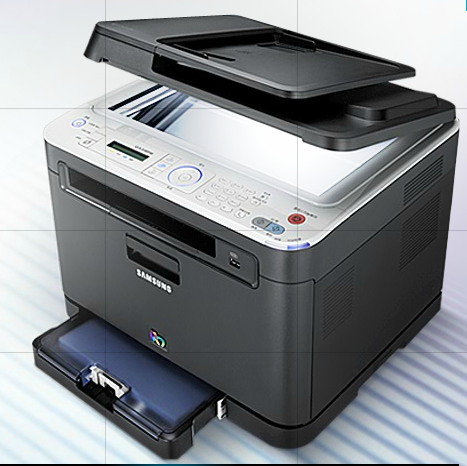A team of engineers at the University of Cambridge have developed an ‘unprinter’ that can remove toner from paper, allowing the paper to be reused.
The demo of removing the toner from the paper was carried out amid ongoing concern regarding the huge quantities of paper that is often discarded or used only once when printed or photocopied.
Vaporising Toner
In an effort to tackle this, the engineering team at Cambridge figured out how to clean pages by vaporising common toners using a laser-based technique that doesn’t damage the underlying paper. Essentially it does this by heating the paper until the toner is vaporised.
“The key idea was to find a laser energy level that is high enough to ablate – or vaporise – the toner that at the same time is lower than the destruction threshold of the paper substrate. It turns out the best wavelength is 532 nanometres – that’s green visible light – with a pulse length of 4 nanoseconds, which is quite long,” David Leal-Ayala, the teams lead author, told the New Scientist.
“We have repeated the printing/unprinting process three times on the same piece of paper with good results,” said Leal-Ayala. “The more you do it, though, the more likely it is for the laser to damage the paper, perhaps yellowing it.”
 He then said that the team have discovered toner-paper combinations in which almost no appreciable traces of toner can be seen after lasing and in which the paper suffers “no significant mechanical damage”.
He then said that the team have discovered toner-paper combinations in which almost no appreciable traces of toner can be seen after lasing and in which the paper suffers “no significant mechanical damage”.
This is not a new concept, but previous efforts have used special toner or paper. Toshiba for example is already known to sell a special laser printer/copier that uses a blue toner which can be almost completely erased with heat treatment.
Green Lasers
The Cambridge boffins have gone one step further because their process can be used on all types of paper and does not require the purchase of special toner. Their method uses the green laser pulses to vaporise toner particles in thin layers until they are not longer visible.
“Toshiba have been selling the ‘e-blue’ toner for a while – which, like old thermal fax paper, fades under the right type of light,” the Cambridge project’s supervisor Julian Allwood was quoted as saying by the New Scientist. “However that – of course – applies only if you buy their magic toner.”
“Our ambition was to develop a method that would remove conventional toner from conventional paper in order to allow re-use of the paper. Toshiba’s is a different approach to the same problem.”
Toner is mostly made up of carbon and plastic polymers. Many printer makers undertake a lot of research to ensure their toner cartridges operate in the most efficient manner with their particular printer models.
David Leal-Ayala told the BBC that their method targets the polymer in the toner which is vaporised. He also said that he and his colleagues tested a range of ultraviolet, infra-red and visible lasers at different frequencies, but eventually found the best setting was green laser pulses, lasting just four billionths of a second in duration, which removed all but a hint of the print.
They told the BBC that after demonstrating the technique in a labatory, they now plan to develop a prototype device suitable for an office. They estimate that it could be built for about £19,000 at the present time.
Green Savings
The potential for this process is interesting, and prices should drop if it becomes mainstream and is taken up by printer manufacturers.
It is also interesting for the potential energy and cost saving aspects as well, at a time when IT departments are seeking ways to reduce their operational costs. Many vendors, such as Samsung etc, are touting the green credentials of their new printer fleets.
Meanwhile a study in 2010 from Lexmark for example revealed the most common printer worries, the most notable of which was the costs associated with the printer’s paper usage.
“When you recycle paper you use a lot of resources,” Leal-Ayala told the BBC. “You use electricity, water and chemicals, and to be honest when you print something the only reason that you don’t re-use the paper is because there is print on it.”
“The paper is still in good condition and there is no point in going through all the heavy industrial process if the paper is still perfectly fine,” he said.
The study has been published in the Proceedings of The Royal Society.





